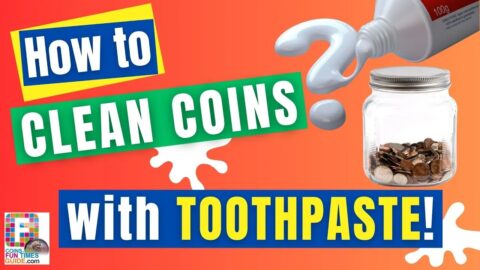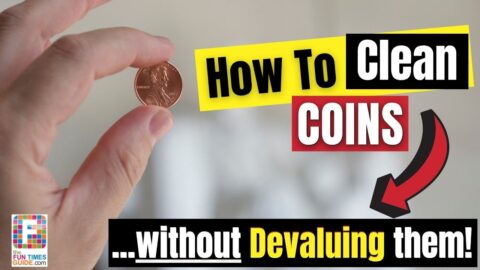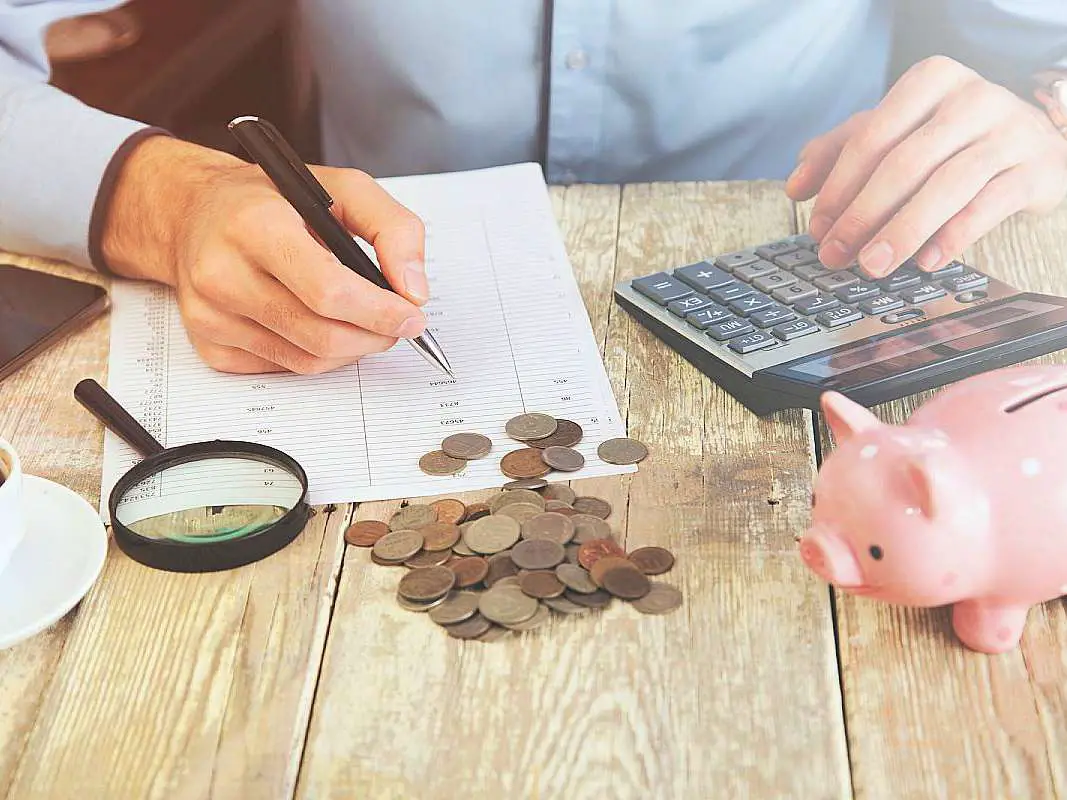How To Clean Burnt Coins That Have Been In A Fire – The only SAFE ways to clean BURNED coins that survived a fire!
Wondering how to clean burnt coins? Fire damaged coins can be challenging, but there are a few methods for potentially saving them — as discussed here. In this video, I’m showing you how baking soda and toothpaste are both effective methods for cleaning fire damaged coins. You will see how to clean burnt quarters using these methods.
============================
⚡TIMESTAMPS FROM THE VIDEO⚡
00:00 – How To Clean Burnt Coins That Have Been In A Fire
01:13 – What Fire Does To Coins
01:50 – Options For Cleaning Fire Damaged Coins
03:08 – How To Use Toothpaste To Clean A Burnt Coin
04:33 – How To Use Baking Soda To Clean A Burned Coin
05:14 – Companies That Professionally Clean Burnt Coins
============================
TRANSCRIPT:
Hey there, this is Josh with The Fun Times Guide to Coins. And I’m here today to talk a bit about cleaning fire damaged coins.
Now, i don’t know about you… but I think one of the saddest things that can happen to anybody is to endure a fire. Floods are also damaging. And when it comes to coins, the damage that can derive from water is not always as fast to reveal itself as can the damage from a fire.
We have here a 2017 Effigy Mounds America The Beautiful Quarter. And actually, this quarter — despite its darkened surfaces and some of the soot and crud here on the side of the coin — I’ve seen far worse fire damaged coins than this. I know you’re looking at this and going, “My gosh, this coin has seen a really bad fire episode.” And indeed it has. It’s definitely been through a fire. The paper — I guess maybe paper envelope that might have been a paper around the coin — is still evident on the quarter itself. It’s very cruddy.
People ask, “How do you clean a coin that’s been through a fire?” Unfortunately, because fire of course is so hot and coins are made from metal — and metal and fire, when they mix can create some very caustic results! The chemical reactions that derive from the metal in the intense heat can cause irreversible damage. What we have here… at least this coin is still relatively intact. You can make out the designs on either side — the obverse (or the head side), the reverse (the tail side). This coin will never look like the way it may have before the fire that damaged this coin. So, what do you do?
Well, if you’ve got a coin that’s still intact like this one is and you’re trying to at least decipher what coin it is… Or maybe you can tell what the coin is but you want to make it look a little better. You can do something I almost never recommend. That is to use a heavy abrasive cleaner like toothpaste here (or baking soda) to try and at least remove the heavy soot and the darkened surfaces to make it easier to identify the coin. What you’re trying to do in this case is turn a coin that is basically uncollectible into a coin that might be cleaned but might still be valued as a collectible by some people. Or at least, again, be in a state where you can identify the coin. Again, here you can tell what this coin is.
But for coins that are fire damaged and in much worse condition than this, we could do again the toothpaste or baking soda method. We’re going to just look at here how these two abrasives might help to make this coin look a little bit more presentable. Again, I say that phrase in the context of a fire damaged coin. Again, I never recommend cleaning coins — especially with abrasives like toothpaste and baking soda, or with or more acidic agents like vinegar or ketchup. I don’t usually suggest doing that — but we’ll make an exception here for this fire damaged coin.
So let’s go ahead and mix a little bit of water with some toothpaste, and let’s just see if this helps to remove any of the soot and the darkened surfaces at all. And I’m not going to make any promises here on that. So far… well… so far it looks like it’s actually removing some of the oxidation on the surface — you know, which makes it look a little bit brighter. At least you can more easily tell what you’re looking at here. Yeah, it’s making a little bit of an impact. It’s not going to look brand new ever again I don’t think. But you can at least tell what we’re looking at here. I see some of the original — the lighter surface — popping on through. I won’t bore you here with 25 minutes rubbing this coin with toothpaste to show you what it can do, but i think this indicates in itself that yes toothpaste can help to remove some of the darkened oxidation on a base metal coin with this copper nickel clad quarter right here. I’ll go ahead and rub some of this off at least — so you can see what some of the soot down there looks like. For smaller coins, I recommend closing the drain. In this case here, this quarter should not slip through a drain. [Turn that off.] Yeah, I mean, look at that. You do see some of the lighter surface there under the soot. Not a bad thing.
Let’s see if the baking soda is any better at this…Or at least a little faster. Now, baking soda — depending upon how wet it is — can be very abrasive. Which again, is not usually what you want to try and subject a coin to. But in this case, we’ll make an exception — so we can try and reveal the surfaces here a little more visibly. Yeah… I think you see where we’re going with this. I mean, there is some improvement — but this coin has certainly seen better days.
For those who are really trying to conserve their fire damaged coins and don’t find these home remedies helpful, there are always professional Conservation Restoration Services out there — where you can submit your coins. And the professionals can try and restore (or at least improve) the condition of a fire damaged coin.
It looks like… okay, you see here we are revealing the lightest surfaces here under the oxidation which is coming off. There’s a chance that with enough persistent rubbing, I could probably make this whole coin look brighter again. It would of course be a damaged or a cleaned coin though. It’ll never be an original quarter again. It’ll never look like it did I’m sure before the fire. But yeah, look at that! The baking soda and toothpaste are working to help remove the oxidation. This coin is actually one I consider lucky — because as I said, I’ve seen fire damaged coins far worse than this. In fact, some… I’ve seen some zinc Lincoln cents that have been in fires where they literally were just incinerated. They just became brittle little piles of powdery metal. This coin fared relatively well, given the fact it was obviously in a very very hot condition we’ll just say.
So, my advice to you is if you’ve got a fire damaged coin that is still intact and whose services are still somewhat salvageable, and you want to try to lighten the surface at least to make it easier to look at, you can always try the toothpaste or baking soda methods as shown here. If the coin is too far gone (which is often the case), hopefully if you are talking about a coin you once owned that it was insured. So I always talk about with collectors to make sure they insure their collections. In cases like this where a fire happens or a flood or other unfortunate situation occurs where the coin may not be retrievable. This coin’s at least good for spending at the vending machine! I’ll put it that way. I wouldn’t say it’s gonna be a piece that one might want to put in their collections again. Unless their goal is to fill a hole — like in an album or a folder.
But yeah, the toothpaste and baking soda are definitely effective methods for cleaning fire damaged coins that have not been burnt to a literal crisp! So… This is Josh with The Fun Times Guide to Coins. I hope you liked this video. If so, let us know! Share it on your social media feeds.
Happy collecting and stay safe!













